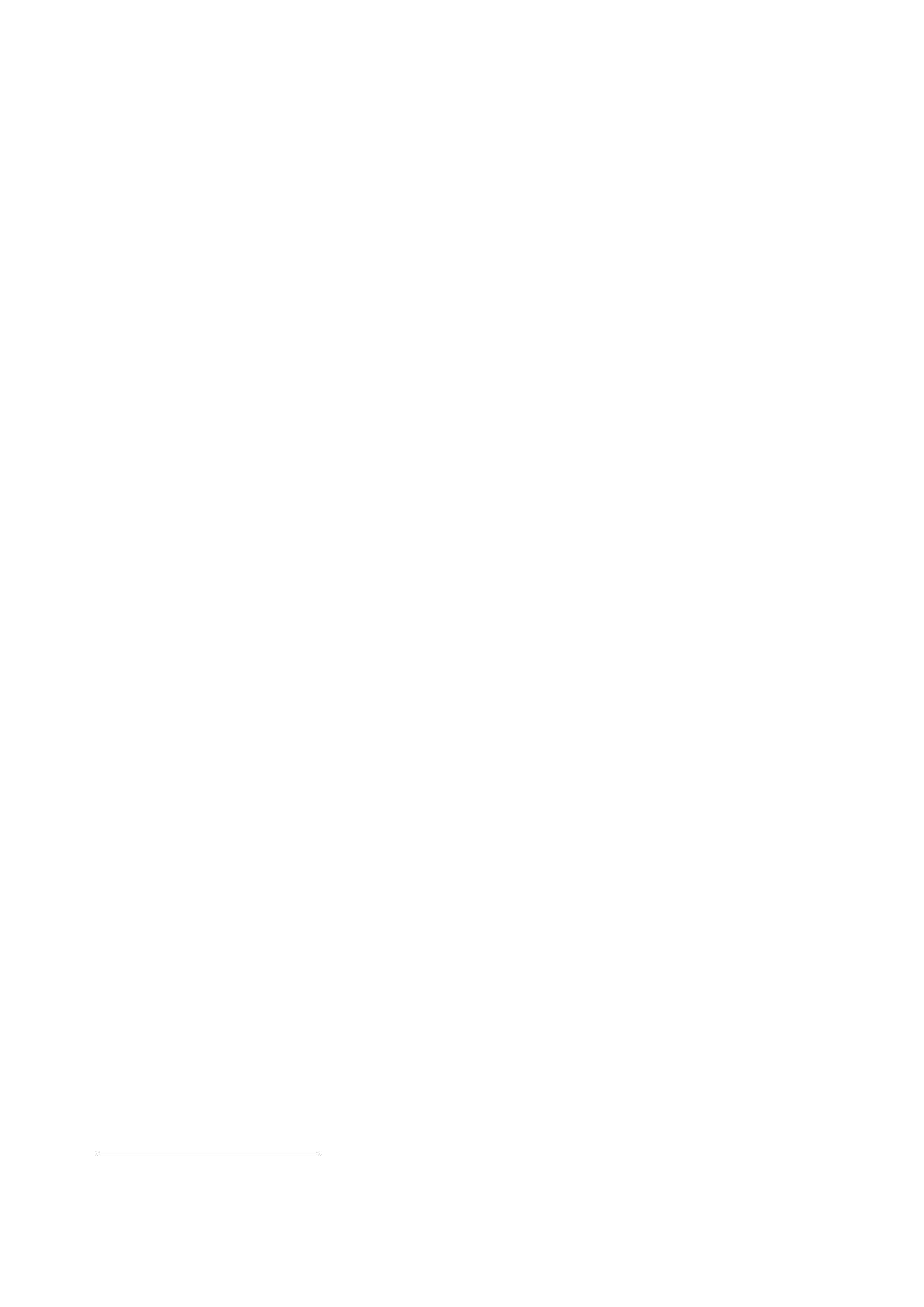
The Report
of the Iraq Inquiry
37.
The Report of
the Al Sweady Inquiry was published
on 17 December 2014.12
It examined
in detail (and rejected) the allegations of ill treatment at Camp
Abu Naji.
It made a
limited number of further recommendations, noting that the MOD
had
accepted 72
of the recommendations made by Sir William Gage and was in
the
process of
implementing them.
38.
The work of
the IHAT is continuing.
39.
The Inquiry
took evidence from more than 150 witnesses from a range
of
backgrounds,
in more than 130 sessions of oral evidence, in order to assist it
in building
a balanced
and accurate account of events.
40.
The principles
on which hearings were run are described in the Protocol
for
Witnesses
giving evidence to the Iraq Inquiry (hereafter,
the Witness Protocol) which
is
available on the Inquiry’s website.
41.
Hearings began
in November 2009, and were conducted in four tranches,
in
between
which the Committee received and assessed other sources of
evidence.
The rounds
were:
•
13 November
2009 to 8 February 2010;
•
5 March
2010 to 8 March 2010;
•
29 June
2010 to 30 July 2010; and
•
18 January
2011 to 4 February 2011.
42.
In his opening
statement on 13 November 2009, Sir John Chilcot explained that
the
first five
weeks of hearings would be used to establish, from those who were
directly
involved,
the essential features of the UK’s involvement in Iraq and how they
developed.
Future
sessions would probe matters in further detail, or re-examine
issues in the light
of
subsequent evidence seen by the Committee.
43.
The majority
of witnesses gave evidence in a public session. The Inquiry
wanted
hearings to
be as accessible to the public as possible, so in addition to
having ticketed
(free)
public access, sessions were also available for broadcast on
television and over
the
internet. The recordings can still be viewed on the Inquiry’s
website. The first public
hearing was
held on 24 November 2009 and the last on 2 February
2011.
44.
Sir John made
clear at the start of each hearing that the witness was
giving
evidence
based on his or her recollection of events, which the Inquiry would
then
compare
with the contemporary documentary record. After the hearing,
witnesses
were asked
to review the transcript of their evidence, and certify that the
evidence
given was
truthful, fair and accurate. Those transcripts appear on the
Inquiry’s website.
12
The Report
of the Al Sweady Inquiry, 17
December 2014, HC 818 1-II.
8
